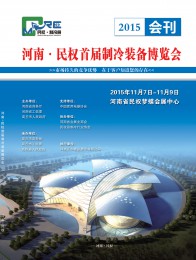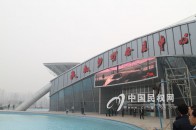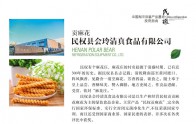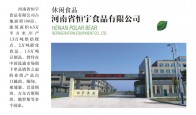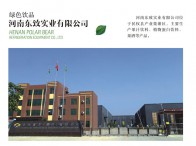On the Imprecision of the Water Absorption Coefficient Test on Aerated Autoclaved Concrete
2012年02月28 00:00:00 来源:中国空调制冷网
To avoid material damage and risk associated with mold growth or poor indoor air quality, one needs to understand and predict moisture transport through building materials. Water absorption coefficient, a measure of the cumulative rate of moisture inflow into a specimen under one-dimensional free-water intake process, is used in many heat, air and moisture transport models and standards. Generally, a limiting value is set for acceptance of materials to be used as sheathing membranes (weather-resistive barriers). It was observed, however, that precision of this test method varies significantly depending on the material or applied coating. A ruggedness test was performed to examine the relative importance of different factors affecting the test precision. Experimental evaluation of the water absorption coefficient was made up of two series, each comprised of seven evaluated factors such as specimen size, thickness, specimen surface condition, initial moisture content, and other elements of test procedure as well as mathematical model for data analysis. The selection of factors and the range of their variation was arbitrary and based entirely on the experience of researchers. Yet, with a sufficient number of comparative tests evenly split between the high and low end of the studied range of variation, one may establish relative significance to factors affecting the test method’s precision. While the results will assist in improvement of the test method, one conclusion that stan
附件下载


